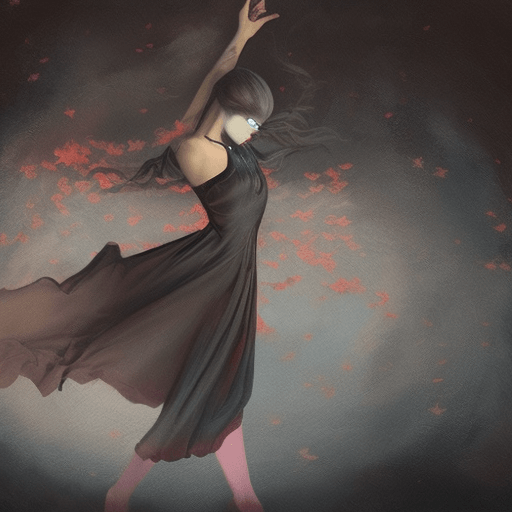One-line Summary:
Time of the Gypsies is a captivating film directed by Emir Kusturica that follows the life of a young Romani boy named Perhan as he navigates the challenges of growing up in a poverty-stricken community. With elements of magical realism and a vibrant portrayal of Romani culture, the film delves into themes of identity, love, and the struggle for a better life.
Main Cast and Crew:
- Director: Emir Kusturica
- Writer: Emir Kusturica, Gordan Mihic
- Key Actors: Davor Dujmovic (Perhan), Bora Todorovic (Ahmed), Ljubica Adzovic (Perhan’s sister), Husnija Hasimovic (Perhan’s grandfather)
- Music Director: Goran Bregovic
- Director of Photography: Vilko Filac
- Producers: Mirza Pasic, Mirza Rizvic
Plot:
The film begins in a small Romani village in Yugoslavia, where we meet Perhan, a young boy with extraordinary powers. Perhan’s life takes a dramatic turn when he falls in love with Azra, a girl from a wealthy family. In order to prove himself worthy of Azra’s love, Perhan becomes involved in a series of criminal activities orchestrated by his uncle, Ahmed.
As Perhan’s journey unfolds, he faces numerous challenges and encounters a cast of colorful characters within the Romani community. From his loving but strict grandfather to his sister who is sold into marriage, Perhan’s loyalty and determination are tested at every turn. The film seamlessly weaves together elements of fantasy and reality, blurring the lines between dreams and waking life.
As Perhan becomes entangled in a web of crime and deceit, he must confront his own identity and make difficult choices that will shape his future. Through his experiences, the film explores themes of cultural heritage, the search for belonging, and the struggle for personal freedom.
Themes and Motifs:
Time of the Gypsies explores the complexities of Romani culture and the challenges faced by its members. The film delves into themes of poverty, discrimination, and the clash between tradition and modernity. It also highlights the power of love and the lengths one will go to protect their family.
Kusturica masterfully incorporates magical realism into the narrative, infusing the film with dreamlike sequences and fantastical elements. This serves to emphasize the richness of Romani culture and the resilience of its people in the face of adversity.
Reception and Legacy:
Upon its release, Time of the Gypsies received critical acclaim for its unique storytelling and powerful performances. It won the Best Director award at the 1989 Cannes Film Festival and was nominated for the Palme d’Or. The film’s impact on cinema can still be felt today, as it continues to be celebrated for its portrayal of Romani culture and its exploration of universal themes.
Recommendation:
Time of the Gypsies is a visually stunning and emotionally resonant film that offers a glimpse into the lives of the Romani community. With its captivating storytelling and powerful performances, it is a must-watch for those interested in exploring different cultures and the human experience.
Memorable Quote:
“I’m not a gypsy, I’m Perhan.”












